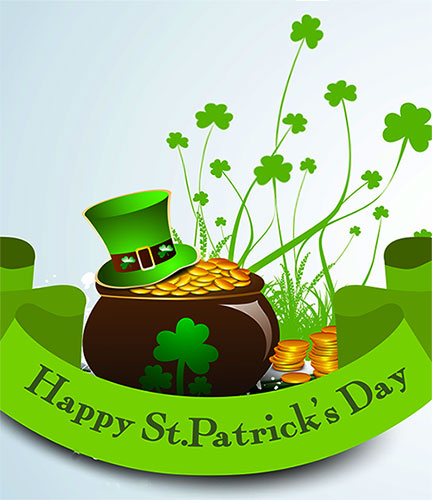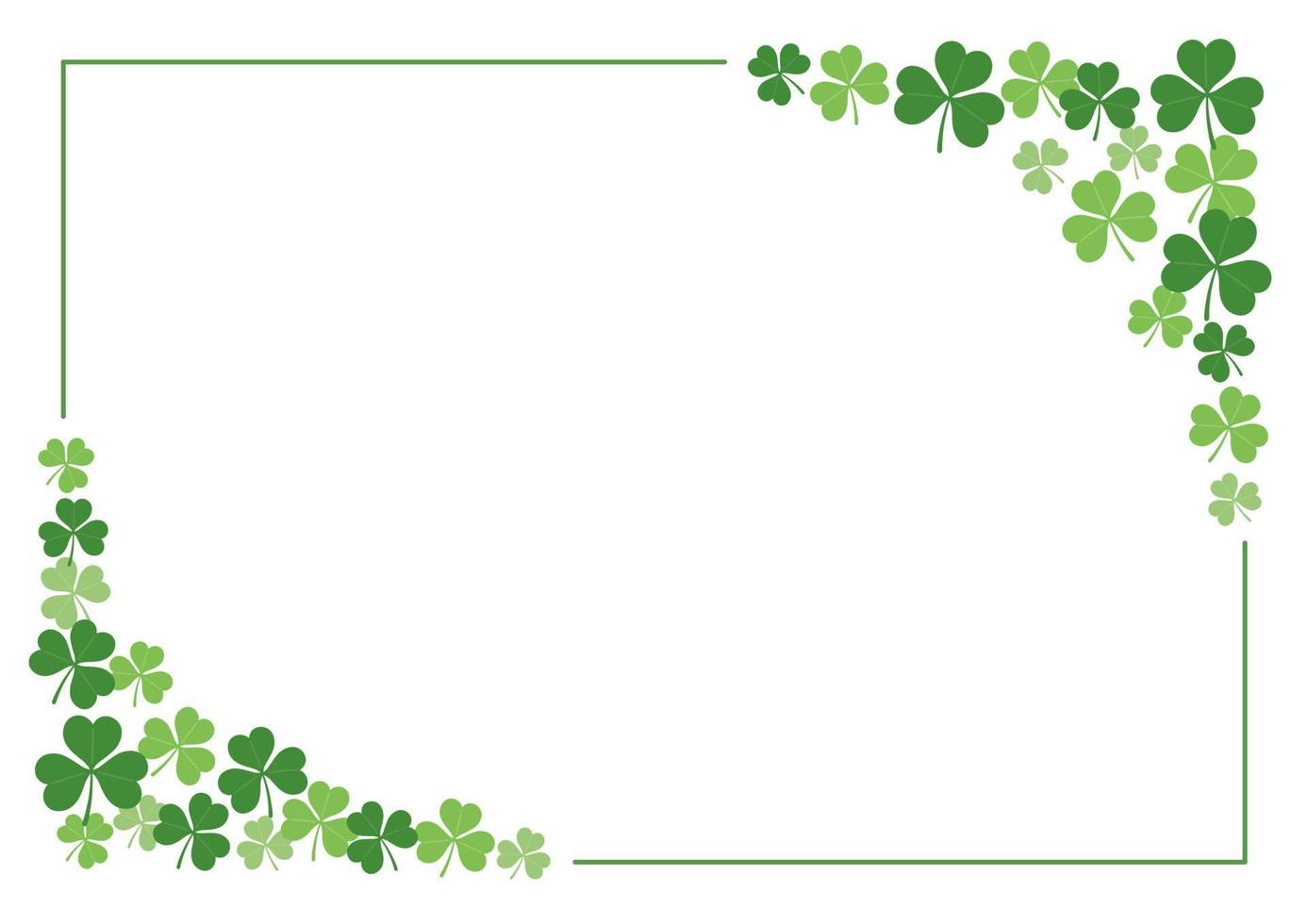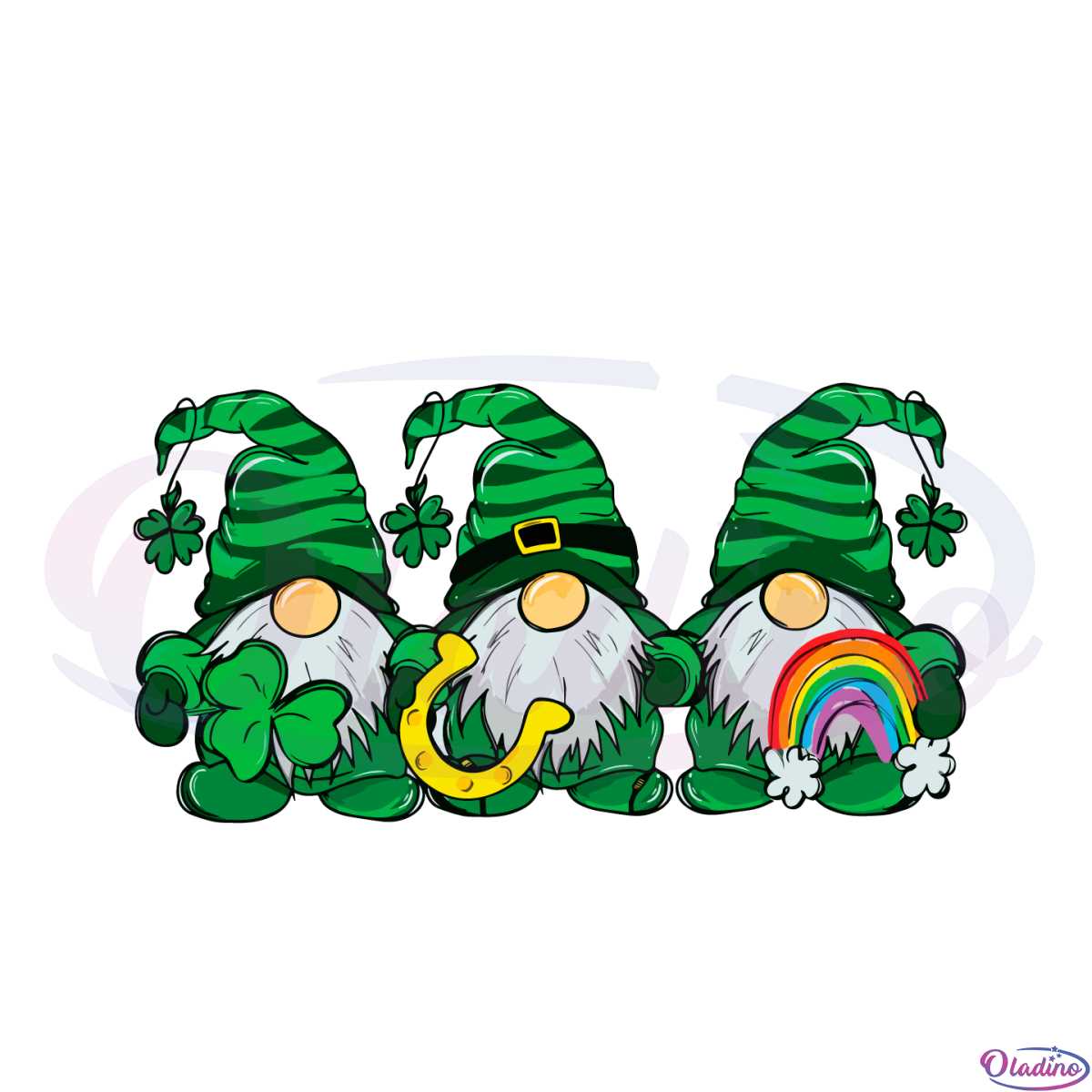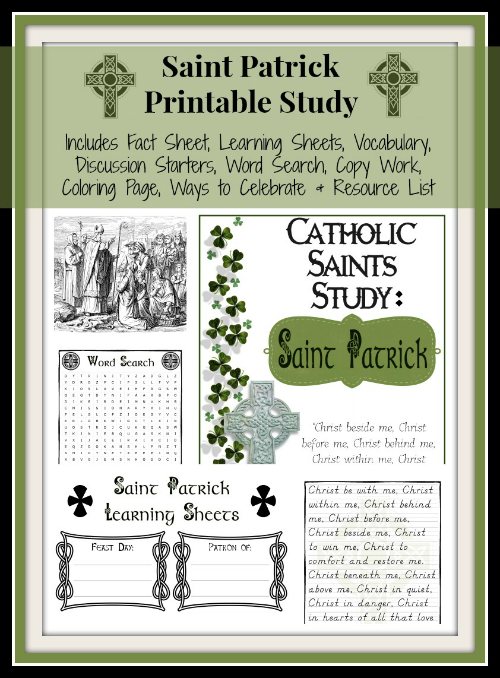Gallery
Photos from events, contest for the best costume, videos from master classes.
:max_bytes(150000):strip_icc()/inspiring-St.-Patricks-Day-Card-e5b9ac03acd0454a83abfd791d73df2a.png) |  |
 |  |
 |  |
 |  |
 |  |
 |  |
Of course, Dublin, Ireland, has an extravagant multi-day St. Patrick’s Day Festival, featuring a parade, performances, and other events which attracts more than half a million spectators each year. It began in the 1920s as a military parade, shifted to a more standard procession in the 1970s, then become a full-blown party in the mid-1990s. Saint Patrick's Day, or the Feast of Saint Patrick (Irish: Lá Fhéile Pádraig, "the Day of the Festival of Patrick"), is a cultural and religious celebration held on 17 March, the traditional death date of Saint Patrick (c. AD 385–461), the foremost patron saint of Ireland. Here's what to know about the holiday's history: The first St. Patrick's Day parade, however, is believed to have been held in the United States in 1601. Over a century later, in 1762 St. Patrick’s Day is a global celebration of Irish culture that takes place annually on March 17, the anniversary of the patron saint of Ireland's death in the fifth century. The Irish have Monday, March 17 is St. Patrick's Day, celebrating all things Irish in the U.S. and around the world. But it wasn't always a day for partying. The first-ever St. Patrick's Day parade in the U.S. took place in Boston in 1737, with New York following in 1762, according to the History Channel. Do People in Ireland Celebrate St. Patrick's Day? St. Patrick was born in Britain to wealthy parents in the late 4th century. He was kidnapped at the age of 16 and taken to Ireland as an enslaved worker. While in captivity, he became a devout While St. Patrick’s Day evolved into an unofficial holiday to revel in all things Irish, Evacuation Day became a legal civic holiday in Boston starting in 1901, giving the city two reasons to Every year thousands of revelers fill the streets in the U.S., Ireland and countries worldwide to celebrate Saint Patrick’s Day, but the real Saint Patrick wasn’t even Irish. NBC News’ Joe This is an accepted version of this page This is the latest accepted revision, reviewed on 17 March 2025. There are 2 pending revisions awaiting review. Cultural and religious celebration on 17 March For other uses, see Saint Patrick's Day (disambiguation). Saint Patrick's Day Saint Patrick depicted in a stained-glass window at Saint Benin's Church, Ireland Official name Saint Patrick's Day Saint Patrick’s Day, feast day (March 17) of St. Patrick, patron saint of Ireland. People of that country celebrate the day with religious services and feasts, but Saint Patrick’s Day has transformed into a largely secular holiday of revelry in other parts of the world. St. Patrick’s Day is a global celebration of Irish culture that takes place annually on March 17, the anniversary of the patron saint of Ireland's death in the fifth century. The holiday has St. Patrick’s Day Uncovered: History, Myths, and Legends St. Patrick’s Day - celebrated annually on 17th March - is recognised around the world, but its roots run deep in Irish history. Behind the global celebration of Irish culture and heritage, there lies a story of ancient traditions and legends which pay tribute to the life of Ireland Discover the history of St. Patrick's Day. Explore why, how and when people all over the world — Irish or not — celebrate St. Patrick's Day. They united to form one official New York City St. Patrick’s Day Parade in 1848, according to the History Channel. While rowdy celebrations occurred in the U.S., Irish laws mandated pubs be Choose a difficulty level; Easy - 16 pieces; Normal - 25 pieces; Hard - 36 pieces; Expert - 49 pieces; Brain Buster - 64 pieces; Drag individual puzzle pieces on the correct locations of the gray image to complete the entire image History of St. Patrick’s Day Parades Around the World. New York City and the First St. Patrick’s Day Parade One of the earliest St. Patrick’s Day celebrations in America took place in Boston People viewed the Chicago River, dyed-green, ahead of St. Patrick's Day on March 13, 2021, in Chicago, Illinois. Scott Olson / Getty Images Monday, March 17 is St. Patrick's Day, celebrating all things Irish in the U.S. and around the world. Cities celebrate with parades, bar crawls and more. This act, equivalent to canonization at the time, affirmed St. Patrick’s status as a saint within the Church. Thus, just as the myths of St. Patrick’s nationality and snake-banishing endure, so too does this modern revisionism—one that ignores the history of Ireland’s patron saint for sensationalism.
Articles and news, personal stories, interviews with experts.
Photos from events, contest for the best costume, videos from master classes.
:max_bytes(150000):strip_icc()/inspiring-St.-Patricks-Day-Card-e5b9ac03acd0454a83abfd791d73df2a.png) |  |
 |  |
 |  |
 |  |
 |  |
 |  |